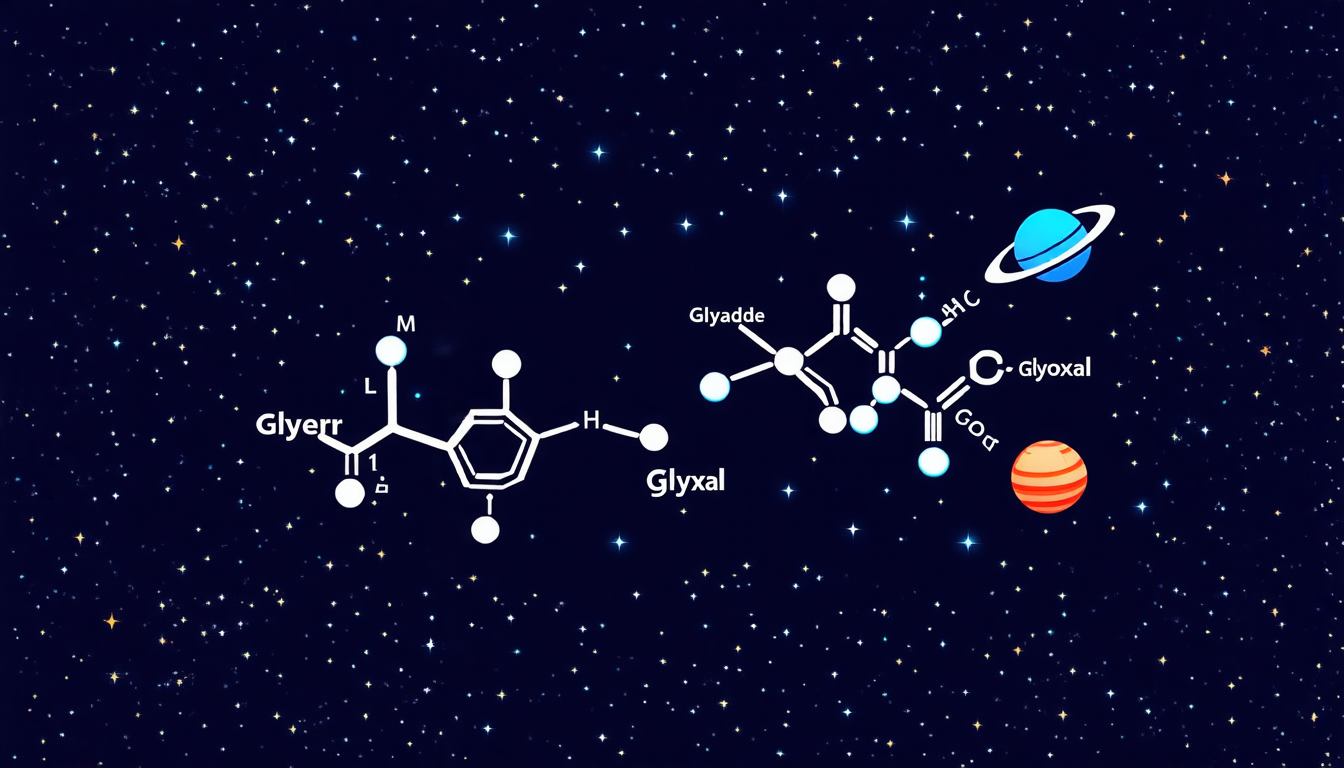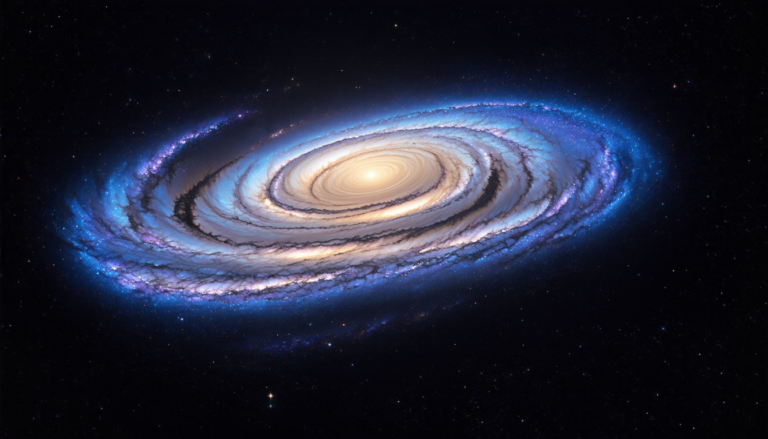Monday 02 June 2025
For centuries, scientists have been fascinated by the mysterious origins of life on Earth. One crucial step in this journey is the formation of complex organic molecules, which are essential building blocks for living organisms. In a recent study, researchers have made significant progress in understanding how these molecules arise from simpler precursors.
The team focused on glyceraldehyde, a sugar-like molecule that plays a vital role in many biological processes. They used advanced computer simulations to recreate the chemical reactions that occur in space and interstellar environments, where complex organic molecules are thought to form. By studying these reactions, scientists can gain insights into how life may have emerged on our planet.
One of the key findings is the importance of radical reactions. These high-energy events involve the transfer of electrons between atoms, leading to the formation of reactive species called radicals. In this study, the researchers discovered that radicals play a crucial role in transforming simple molecules into more complex ones, such as glyceraldehyde.
The team also explored the role of glyoxal, a molecule that is abundant in space and has been linked to the formation of other complex organic compounds. They found that when glyoxal reacts with a specific type of radical, it produces glyceraldehyde and another radical species called HCO.
These findings have significant implications for our understanding of how life on Earth may have originated. The researchers suggest that similar chemical reactions could have occurred in ancient times, leading to the emergence of complex organic molecules that eventually gave rise to life.
The study also highlights the importance of astrochemistry, which is the study of the chemistry of celestial objects such as stars and planets. By understanding how complex organic molecules form in these environments, scientists can gain insights into the origins of life on our planet and potentially even discover new ways to create life-like systems in the lab.
In addition to its scientific significance, this research has also sparked curiosity about the potential for extraterrestrial life. If similar chemical reactions occurred elsewhere in the universe, it’s possible that other planets could have given rise to life independently of Earth. This raises exciting questions about the possibility of intelligent life existing elsewhere in the cosmos.
The study is a testament to the power of interdisciplinary research, combining cutting-edge computer simulations with advanced astrochemical techniques. It demonstrates how scientists from various fields can work together to tackle complex problems and uncover new insights into the mysteries of the universe.
Cite this article: “Unraveling the Origins of Life: A Breakthrough in Understanding Complex Organic Molecule Formation”, The Science Archive, 2025.
Origins Of Life, Glyceraldehyde, Astrochemistry, Radical Reactions, Complex Organic Molecules, Interstellar Environments, Glyoxal, Hco, Extraterrestrial Life, Interdisciplinary Research







